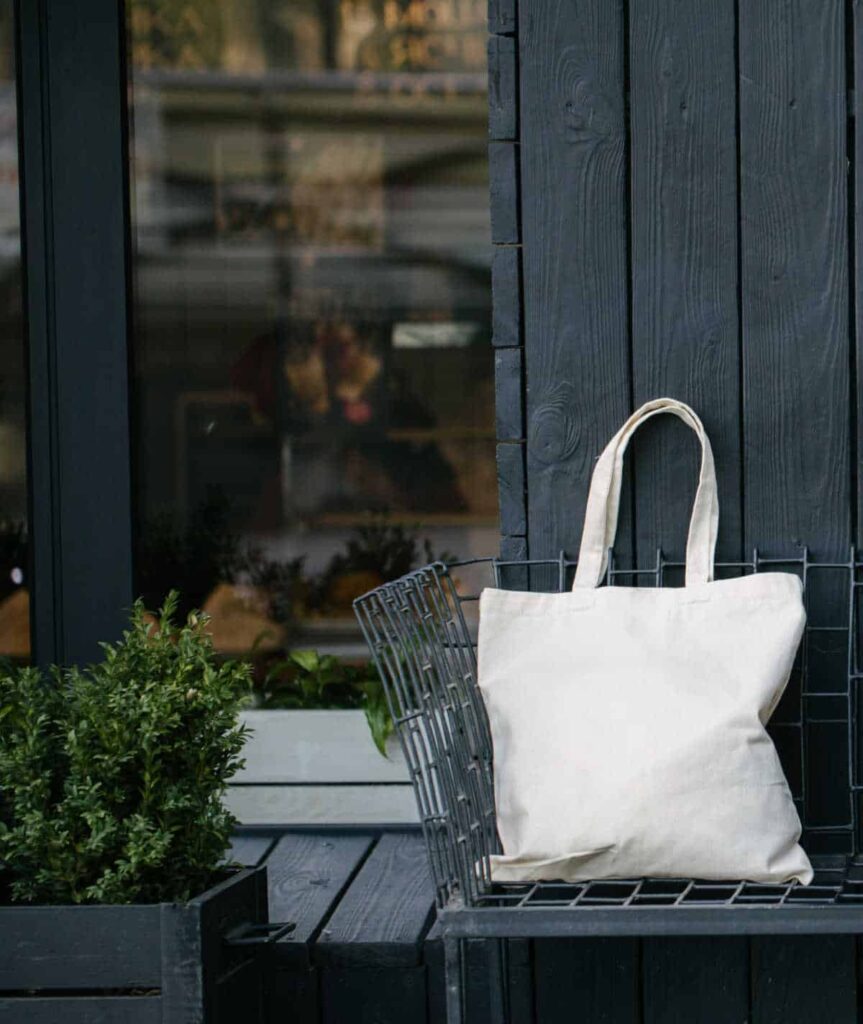What’s So Bad About Fast Fashion Anyway?
To support the running costs of Moral Fibres, this post may contain affiliate links. This means Moral Fibres may earn a small commission, at no extra cost to readers, on items purchased through these links.
Today I have a post from Lianne Bell, author of How On Earth Can I Be Eco-Friendly, on the problems of fast fashion, and what you can do to help.
What’s So Bad About Fast Fashion?

I recently signed up for Slow Fashion Season. Here 25,000 people have pledged not to buy any clothes for 3 months, between the 21st of June and the 21st of September. The aim is to raise awareness about the wasteful nature of the fast fashion industry and how you as a consumer play a role in it.
I love sustainable fashion. So much so that friends, family, and people on Instagram all ask me the same thing – how can I shop more sustainably? And my response is pretty simple – just stop buying clothes. Because let’s be honest, the rate at which we are collectively consuming clothing is beyond nauseating.
The number of garments being produced has doubled in the last 20 years. As a result of this, we are wasting the equivalent of one garbage truck full of textiles every single second. This is a staggering amount of waste, that has severe ramifications on the planet.
Fast Fashion and Economics
Over the last 20 years, as the price of our goods and services has steadily risen, clothing has not. In fact, clothing is the only consumable which has deflated in price. It has instead done a complete 180. It’s dropped considerably in comparison to other consumables, thus completely defying the laws of economics. But why?
One of the main factors which contributed to this was the Multi-Fibre Agreement. This was an international trade agreement that imposed quotas on the volume of clothing we could import from developing countries. When this ended in 2005 it opened the door for suppliers and factory owners in developing countries to work on a larger scale with major corporations within the western retail world.
Western corporations were able to treat the labour of garment workers as though it were a commodity. The factory owners offered labour at lower and lower prices in order to meet the desired garment prices. These prices were demanded by the high street fast fashion stores attempting to meet their profit margin targets.
When Cheap Equals Disposable
If you’re sitting there wondering why cheap fast-fashion clothing is such a problem, then do not fear, you are not alone. I thought the exact same thing. This was until I realised that the heart of the problem lies in the fact that we’ve come to think of clothing as disposable and easily replaceable.
When something is so readily available to us, it devalues the whole item. We don’t even have to think about it. We just buy it, aimlessly and needlessly. Half the time, we’ll buy clothing, then send it off to a charity shop without ever wearing it.
This creates a whole new problem. Once our high street charity shops are overrun by cheap, generic clothing which they can’t sell, they bundle it off to developing countries. Here it is chopped up into rags, sold at markets, or thrown into landfill.
The town of Panipat in North India recycles over 100,000 tonnes of our cast-offs every year. So much so that it is known as the world’s “cast off capital“.
The women of Panipat who shred these practically unworn garments have surmised that there is a water shortage in the Western world. That’s because the mindless nature of our clothing consumption is so alien to them, that they assume it’s too expensive for us to wash our clothes. This is the only way for them to make sense of how we discard our clothing after only wearing it a handful of times.
What Can We Do?
So what can we do to stop this deluge of clothing? Well, this brings me back to Slow Fashion Season.
By avoiding buying from fast fashion brands; trading, upcycling or DIYing clothing; buying second-hand and vintage clothing; and/or supporting sustainable, local, small fashion labels who may be struggling due to COVID-19, then by acting as a crowd we can be a force for change. Change for ourselves, the people around us, and the policies and industries that are woefully inadequate.
The fashion industry should be more sustainable. And the fashion industry should treat its workers fairly. We can have a part in this through our own consumption changes. We can also call for transformations in the fashion industry can help bring about the changes needed.
Enjoyed this post? Do check out these ethical fashion infographics for more information on the problems of fast fashion.
Found this post useful? Please consider buying me a virtual coffee to help support the site’s running costs.




